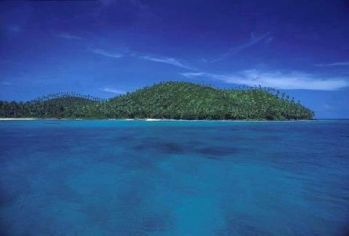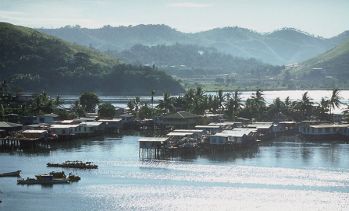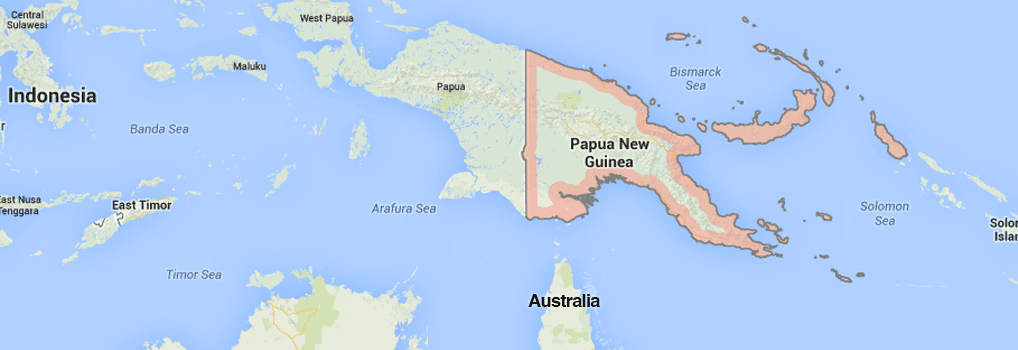At a Glance
|
Population: 7,059,653 ((2011 census) |
Life Expectancy: 57 |

The Independent State of Papua New Guinea, is one of the most culturally diverse countries in the world. It has a population of just over 7 million people with more than 850 languages and many traditional societies or tribes.
Papua New Guinea is located in the south-western Pacific Ocean, in the region described as Melanesia. It occupies the eastern half of the island of New Guinea with a total land area of about 462,840 km2 including 600 offshore islands, and shares a common land border with the Indonesian province of Papua. Only about 20% of the population live in urban centres. The rest live in the rural areas. Its many cultures are not well known outside the region and geographically, it is home to many species of plants and animals, many of which are thought to be still undiscovered especially those that exist in the rugged interior of the country.
At independence in 1975, Her Majesty The Queen graciously consented to be the Queen and Head of State of Papua New Guinea. She is represented by a governor-general, elected by the Parliament. The government is based on the Westminster parliamentary democracy and has an elected Prime Minister. There are three arms of the government: the Parliament, the Judiciary, and the Executive which comprises the National Executive Council and the Public Service. There is clear separation of powers between the three arms.
The nation is divided into 4 regions - Southern, Highlands, New Guinea Islands and Momase and has a total of 22 provinces. The provinces are basically the primary administrative divisions of the country and are managed by Provincial Governments.
Papua New Guinea is rich in mineral, oil and gas resources with plenty more yet to be developed commercially. Strong growth in the mining and resources sector has led to PNG becoming the seventh fastest growing economy in the world. An economic growth of 10% was recorded in 2011 and it is widely expected to be amongst the world’s top performing economies over the next five years. Generally the outlook for the country is very positive.

Whilst the PNG economy is dominated by the resources sector and is leading the way, other sectors are increasingly making significant contributions and also offer significant growth potential to the economy. Many business opportunities exist in agriculture, tourism, fisheries, forestry, manufacturing industries and in the services sector.
The Government of Papua New Guinea encourages foreign investment in the area of downstream processing such as in manufacturing for the purpose of import substitution or replacement and job creation.
To this end the Government offers incentives where businesses are able to negotiate favourable conditions such as reduced/competitive tax rates, protection from outside competition, and Government promotion and protection of investment.
In terms of Tourism Development Papua New Guinea has long realized the potential of tourism in job creation and as a foreign exchange earner. A new roadmap was developed in 2006 outlining the way for PNG tourism industry until 2017. The two key objectives of this approach were to double the number of tourists visiting PNG every five years and in the process create 13,000 jobs.
Papua New Guinea is a unique destination with its breath-taking highlands, picturesque islands, unspoilt coastline, and clear and reef-filled waters. Many people call it Paradise; we call it our home. It is an ideal destination for tourists who are looking for somewhere ‘off the beaten track'.

